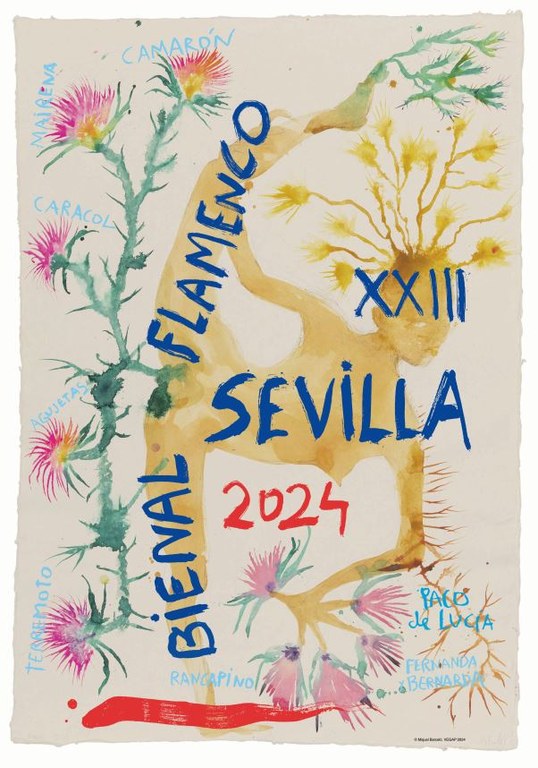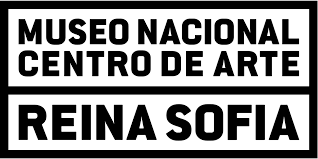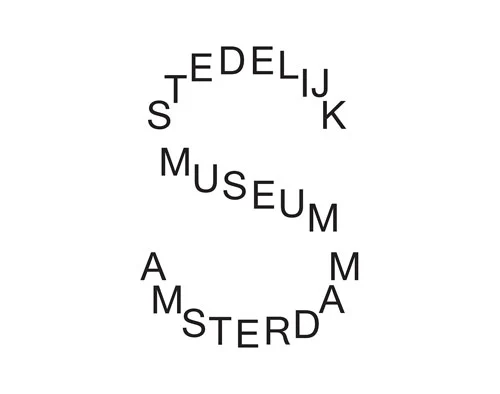FESTIVAL D’AVIGNON : INTERVIEW AMIR REZA KOOHESTANI, « SUMMERLESS » (in english)

72e FESTIVAL D’AVIGNON – Interview Amir Reza Koohestani – « Summerless » – Du 8 au 15 juillet 2018, relâche le 12 – 18h, La Charteuse – Villeneuve.
Inferno : Would it be possible to have some slogans and maxims that were displayed in the schoolyard after the Revolution? From which protestation are they the fruit?
Amir Reza Koohestani: Around the sixties and seventies, writing on the walls was a result of the Russians. But in Iran – before and after the Islamic revolution –, because of the lefty idea behind this graffiti art itself, arguing that art should be responsible and must deliver a specific message, people were so inspired by it. Even though, after the revolution it became more critically political. The moving revolutionary idea in the young generation whom participated in uprisings and were somehow involved with schools, either students, teachers, headmasters, etc. led them to produce graffiti with certain political thoughts. Which well, all the slogans and maxims concerned a supportive approach to the Islamic revolution and then in the time of Iran-Iraq war got more epic. But after the war, it turned to be more on a capitalism base and less and less revolutionary. All of this rotary process of change is totally observable in the school graffiti in Iran; All of that revolutionary ideas aiming for a big life changing transformation turned to some advisable slogans about morality and then to some practical ones wishing to show what is taught in the schools. And in the past years, according to the fact that most of the ordinary/public schools are becoming private schools, you sometimes notice some English slogans or Disney characters on the walls that show an approach which aims to become more convincing to the more modern families. I believe, reviewing these school graffiti could indeed narrate a storyline of the socio-political life in Iran.
In what way the dramaturgy of your play is going to mix with this political context?
Amir Reza Koohestani: The place where our play takes place in is a school. A school which is gradually turning from being a public school to a private one. We’re presenting an educational revolutionary system; in which before, children entered this school/system and were supposed to get on the track of the Islamic revolutionary ideas. But after the Iran-Iraq war and again in the past few years, privatizing schools has become a goal for the government and the private owners as well and this inevitably changes the lives of the graduating generations.
So, what we see in this play, is an altering school. We have a schoolmaster who is the presentative of this ideology. She is the one who tries to coincide this revolutionary system with this new somehow capitalistic system. And we, try to present this socio-political but educational change by the character of the schoolmaster.
In your opinion, what differentiate art from propaganda?
Amir Reza Koohestani: I do believe that it is an obvious difference. Art challenges and questions, but propaganda is a respond, an answer, presenting just one thought. Art presents the society which questions, but propaganda is willing to defeat those very questions and respond to them with a simple yes or no.
We observe this propaganda in our everyday life, in all the countries, in the media, in theater and cinema and even in the books. The governments support art -specially theater- and therefore expect an accordance of the beliefs presented by art with their very own. But the question is, when art challenges and questions itself, how could it not question its sponsor?
What place do take theater in Iranian society, and more generally speaking, what power has art in Iranian society?
Amir Reza Koohestani: Iranian theater has been super active in the past few years, disregarding the matter that it has been more independent and does not receive funding from the government, it is well received by the audience and I can note that Iran is probably one of the few places in the world, wherein theater is performed by private investments; experimental, alternative or classic and not just commercial theater. For example, my previous play Hearing went on stage in Tehran for two times and it had totally 80 full-audience performances; 39 in 2015, 41 performances in previous July and 10-12 thousand spectators have seen the play. Regarding the sanctions, theater is not at the top of the government’s budget list, but anyhow, lots of plays are well received by the audience. But one of the big issues that I can mention, is that theater in Iran is centralized in Tehran and just sometimes plays go on tour in other cities.
Hopefully within the help of social media, Iranian theater is widening up its edges and I truly see a pretty amazing future for theater in Iran.
What part in your artistic career may have play the « Supervisory and Evaluation Board »? When you are creating, is that board present in your head, do you anticipate their reactions while you’re writing your plays?
Amir Reza Koohestani: When I just worked in Iran and still imagined a free world with no limitations and restrictions for artists to just create and be and I thought that world is Europe, my answer was different than now. But, after my experiences abroad and working there, I realized working in Iran and Europe is not much different, because the artistic environment is not that diverse. Well of course, there is a system who must see our play and evaluate it, but like lots of not-functioning systems in Iran’s government, this one does not apply quit correctly either and artists always find a way to deal with it.
All of these limitations reveal themselves in a different way in Europe. It could be though, that I am not yet used to that kind of system and pressure which is applied there; The pressure of the curator who choses an artist and has to be responsible for his success, the theater which has to fill the seats, the play which has to fulfill the media, the board of directors who have to manage the government’s money and the fact that everyone has be to satisfy after a play is staged.
So, to me the pressure feels the same. Consequently, I have no preferences to work in Iran or abroad.
What are the sensible topics for the « Supervisory and Evaluation Board »?
Amir Reza Koohestani: According to my recent experiences, watching plays in Iran and considering the topics mentioned in my own play Summerless I do think there are no political limitations.
But, perhaps maybe erotic subjects and nudity are some more noticeable matters of today’s censorship.
The three characters of the play: a painter, a supervisor, and a young mother. How did they appear to you? How did you come to write a story through them on stage?
Amir Reza Koohestani: I believe, that these three kinds of characters could introduce certain types of people in the current society of Iran. The schoolmaster/supervisor is all about the school, she wants to keep it as her life achievement and aims to improve her career by it. The painter, has this same approach to art, but because of certain reasons which we don’t really know, he is not a successful painter, therefore he has turned to graffiti as a job. And the young mother, is the presentative of family.
Actually, we are presenting three sides of a triangle: family, economy and art. We could also have a gender approach and mention these three sides as: a man, a mother, and a socially active female. Also, the supervisor belongs to a generation of 40-year-old, the mother is from the 30-year-old generation and the painter is again the generation of the supervisor, but a male version. We could present this triangle within different themes in this play.
Despite all of them, we also have a child, who just appears at the end of the play on the screen. She somehow, presents the generation who questions, which is curious and is also a bit aggressive towards our achievements. And she could complete the characters and build up a square.
The Paint in your play. I’m thinking about the final one from the mother, is it an allegory? What does it refer to?
Amir Reza Koohestani: The painting is showing the generation by each other’s side. Though there is a tension between what we see on stage and what we see in the painting. The painting is trying to present a beautiful image of life, but on stage we observe discussions of the real life.
So, the painting by itself is not symbolic, but by its contrast with what occurs on stage could deliver that symbolic comprehension.
interview by Quentin Margne.


Images copyright Luc Vleminckx













